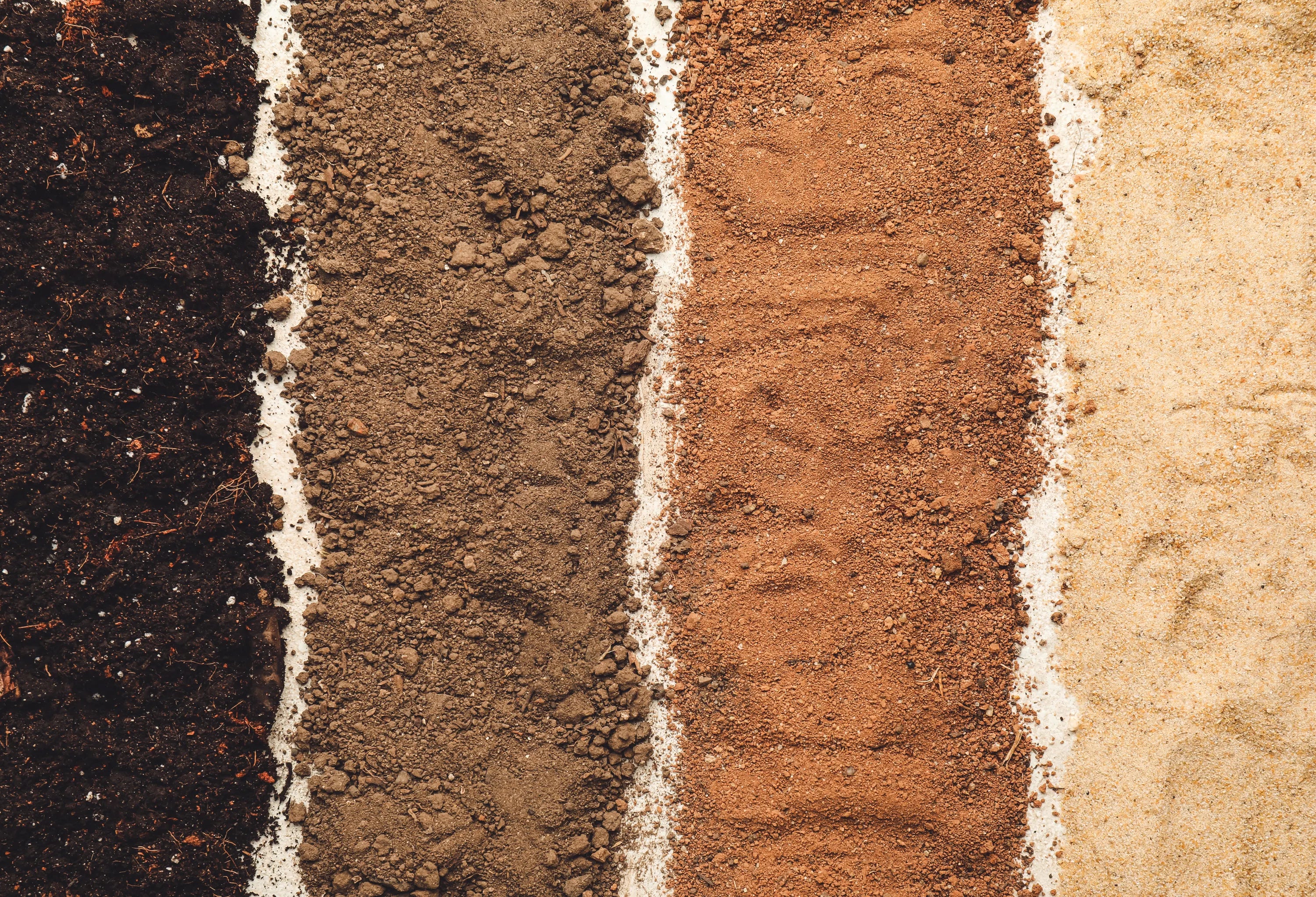When it comes to construction projects or landscaping endeavors, one of the key challenges is dealing with various types of soil. Different soil types have distinct characteristics that can significantly impact the stability and durability of structures. To achieve a solid foundation and ensure long-lasting results, the use of appropriate equipment becomes crucial. In this blog post, we will delve into the world of plate compactors and explore how they can effectively tackle challenging terrains by considering different soil types.
- Understanding Soil Types: Before diving into the specifics of plate compactors, it's essential to have a basic understanding of different soil types. Soils can be broadly classified into four categories:
- Sandy Soil: Composed of larger particles, it drains quickly but lacks cohesion.
- Clay Soil: Composed of smaller particles, it retains water and tends to be cohesive.
- Silt Soil: Consisting of fine particles, it has good water-holding capacity but lacks cohesion.
- Loamy Soil: A balanced combination of sand, clay, and silt, it offers good drainage and moisture retention along with ideal cohesiveness.
-
Importance of Compaction: Compaction is a vital process in construction that increases soil density, removes air voids, and enhances load-bearing capacity. Proper compaction minimizes settlement and improves stability, ensuring a firm foundation for structures. Plate compactors are versatile machines that exert powerful downward force to compress the soil particles, making them an excellent choice for achieving compaction in various soil types.
-
Plate Compactors: Features and Types: Plate compactors are compact and portable machines equipped with a heavy vibrating plate. They come in different sizes, weights, and engine options to cater to diverse soil conditions. Key features to consider when selecting a plate compactor for specific soil types include:
- Plate Size: Larger plates cover more ground and are suitable for larger projects, while smaller plates are ideal for confined areas.
- Weight: Heavier compactors provide greater compaction force, making them effective for compacting cohesive soils.
- Vibration Frequency: Adjustable vibration settings allow better control over compaction depth and help adapt to different soil types.
- Plate Compactors for Different Soil Types: a) Sandy Soil: Sandy soil requires a plate compactor with high impact force to overcome the lack of cohesion. Models with a larger plate and high vibration frequency are recommended to achieve deeper compaction and improve stability.
b) Clay Soil: Clay soil demands a compactor that can effectively overcome its cohesive nature. Opt for a heavy plate compactor with adjustable vibration frequency to penetrate and compact the soil thoroughly. The compactor should have sufficient power to break down the clay particles and remove air voids.
c) Silt Soil: Silt soil requires a delicate balance between compaction and avoiding excessive soil disturbance. Plate compactors with medium-sized plates and adjustable vibration settings are suitable for achieving optimal compaction without causing erosion or damage.
d) Loamy Soil: Loamy soil offers a good balance of drainage, moisture retention, and cohesiveness. A wide range of plate compactors can be used in loamy soil, depending on the specific requirements of the project. Consider the compaction depth, plate size, and vibration frequency to ensure adequate compaction.
- Best Practices for Using Plate Compactors: To maximize the efficiency and effectiveness of plate compactors in tackling different soil types, follow these best practices:
- Prepare the site by removing debris, loose rocks, and vegetation.
- Conduct a thorough assessment of the soil type and its moisture content before selecting the appropriate compactor.
- Start with a lower vibration frequency and gradually increase it to achieve optimal compaction.
- Operate the compactor in overlapping paths to ensure consistent compaction










